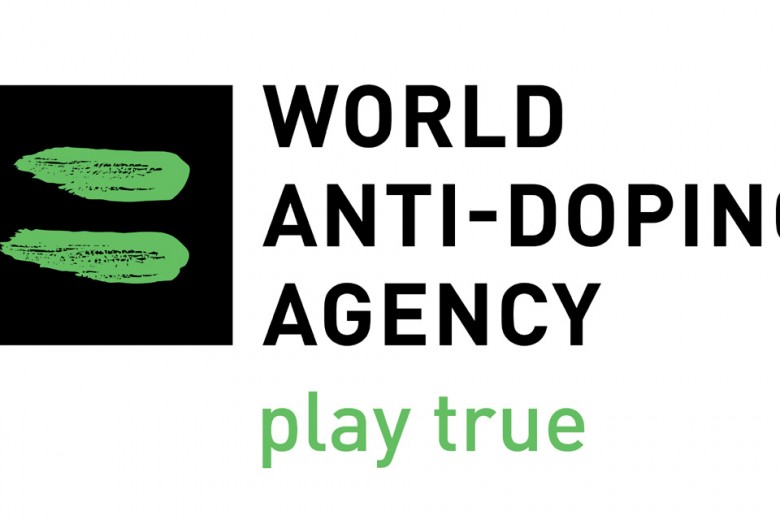In light of the COVID-19 pandemic, the World Anti-Doping Agency (WADA) has released a set of Q&As to address the concerns that athletes may have as the situation unfolds. In collaboration with their Athlete’s Committee, WADA goes into detail to specify any adjustments to testing protocol, along with their plans to maintain a safe, doping-free environment upon a return to normalcy.
In the letter, WADA explains that even as social distancing and self-isolation restrictions have been put in place, testing will still occur. In places where no “mobility or physical contact restrictions have been put in place by local authorities, testing may still occur anytime and anywhere in accordance with athletes’ Whereabouts listings.
WADA says that they have also ensured that all Anti-Doping Organizations (ADOs) will enhance measures in order to stay consistent with direction from health care authorities. Specific measures put in place to minimize risk of transmission include conducting only the “most critical tests,” regular sanitizing, hand-washing and glove changing among sample collection personnel, and maintaining two meters of distance between athletes and sample collection personnel.
WADA makes it clear that as long as an athlete is not under mandatory lockdown, they are still required to comply with testing procedures while follow all measures put in place by their ADO;
“If you refuse to be tested or if you do not complete the sample collection process after notification, or if you are not able (or willing) to provide a sample due to a lack of protective measures, your refusal will follow the normal results management process which affords you due process and the opportunity to justify your action. Keeping in mind that little testing is taking place, where appropriate, athletes are encouraged to comply with testing. If you rely on the assistance of a representative to assist with the doping control process (especially for minors or athletes with an impairment), and a representative is unavailable due to the impact of COVID-19, this too should be taken into account in the results management process.”
Further, athletes who require a Therapeutic Use Exemption (TUE) for a medical condition are required to maintain the validity of that TUE throughout the pandemic. Acknowledging the difficulty associated with physician access during this time, WADA has instructed implicated athletes to document “all actions and impediments to comply with the relevant requirements”, they. So long as athletes remain subject to testing, they are also required to continue providing their whereabouts to their ADO.
The final concern that WADA addresses is the question of what they are doing to ensure that athletes will return to a clean competition environment once normalcy is restored. They have ensured that areas now experiencing a gap in testing will receive.additional targeted testing down the road. Along with future testing, they have also outlined the various measures in place during the pandemic;
“Placing public health above the needs of the anti-doping system means that there will be impacts on the fight against doping in sport. However, there is significantly less training being carried out and significantly fewer competitions taking place. It is also important for athletes to remember that doping control samples continue to be stored for future analysis and that with the Athlete Biological Passport, some samples collected post-COVID-19 may reveal indications of doping that occurred during the period. Finally, while testing may be reduced worldwide during this period, you can contribute to anti-doping efforts by ensuring you are up to date on the latest information and education and encourage your peers and team-mates to do the same.”
